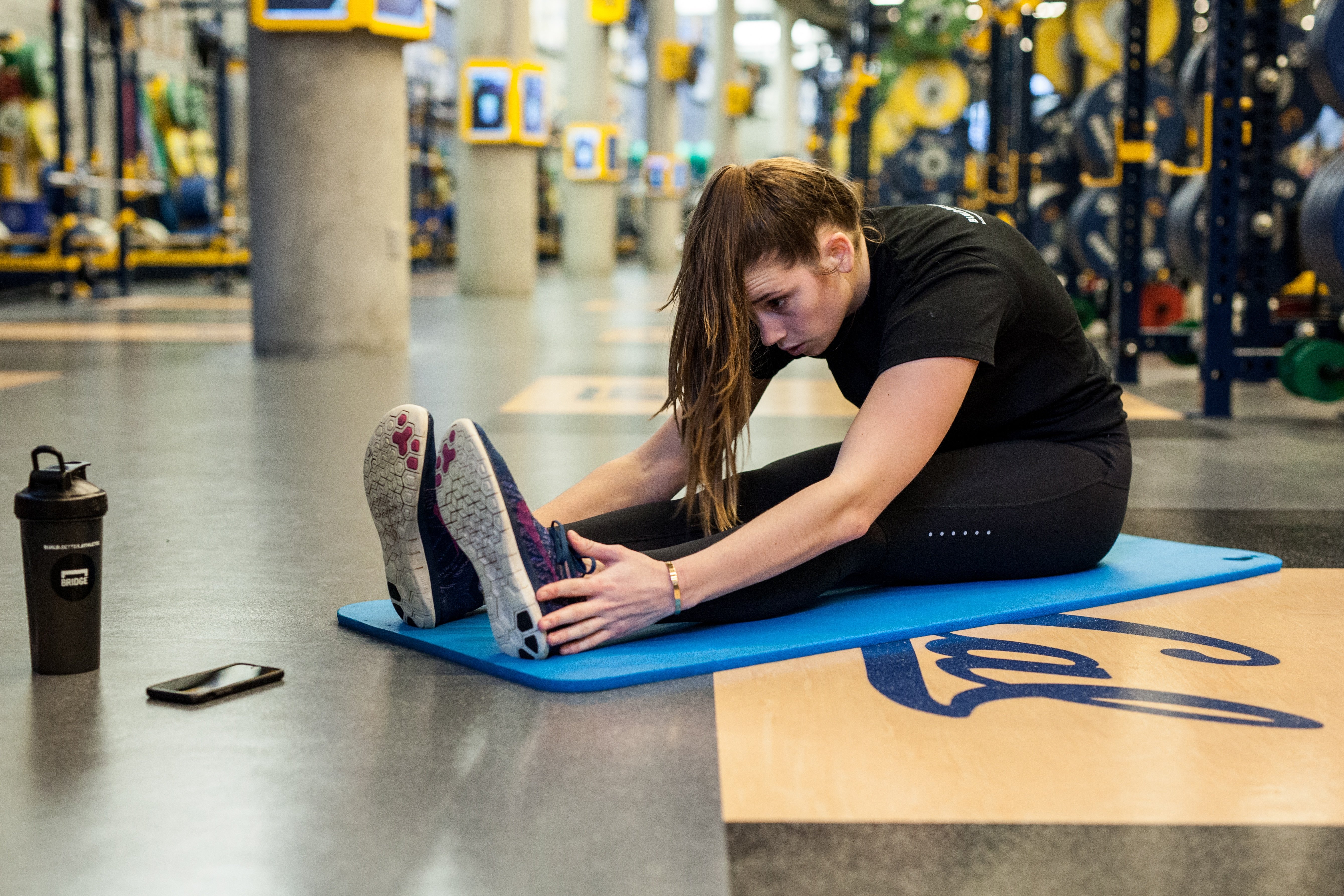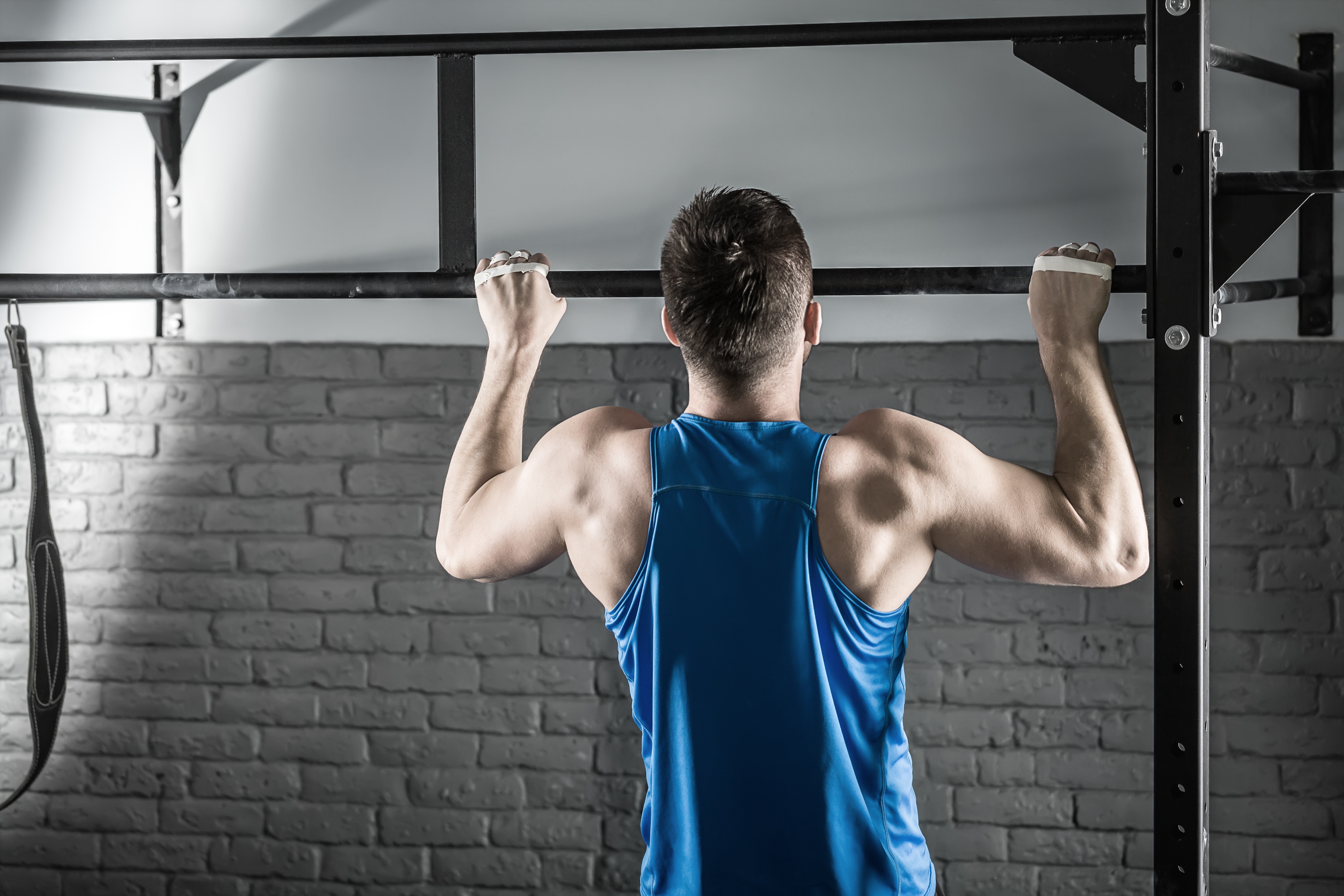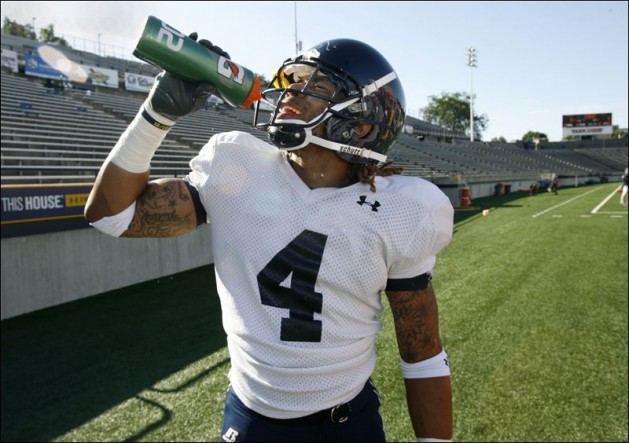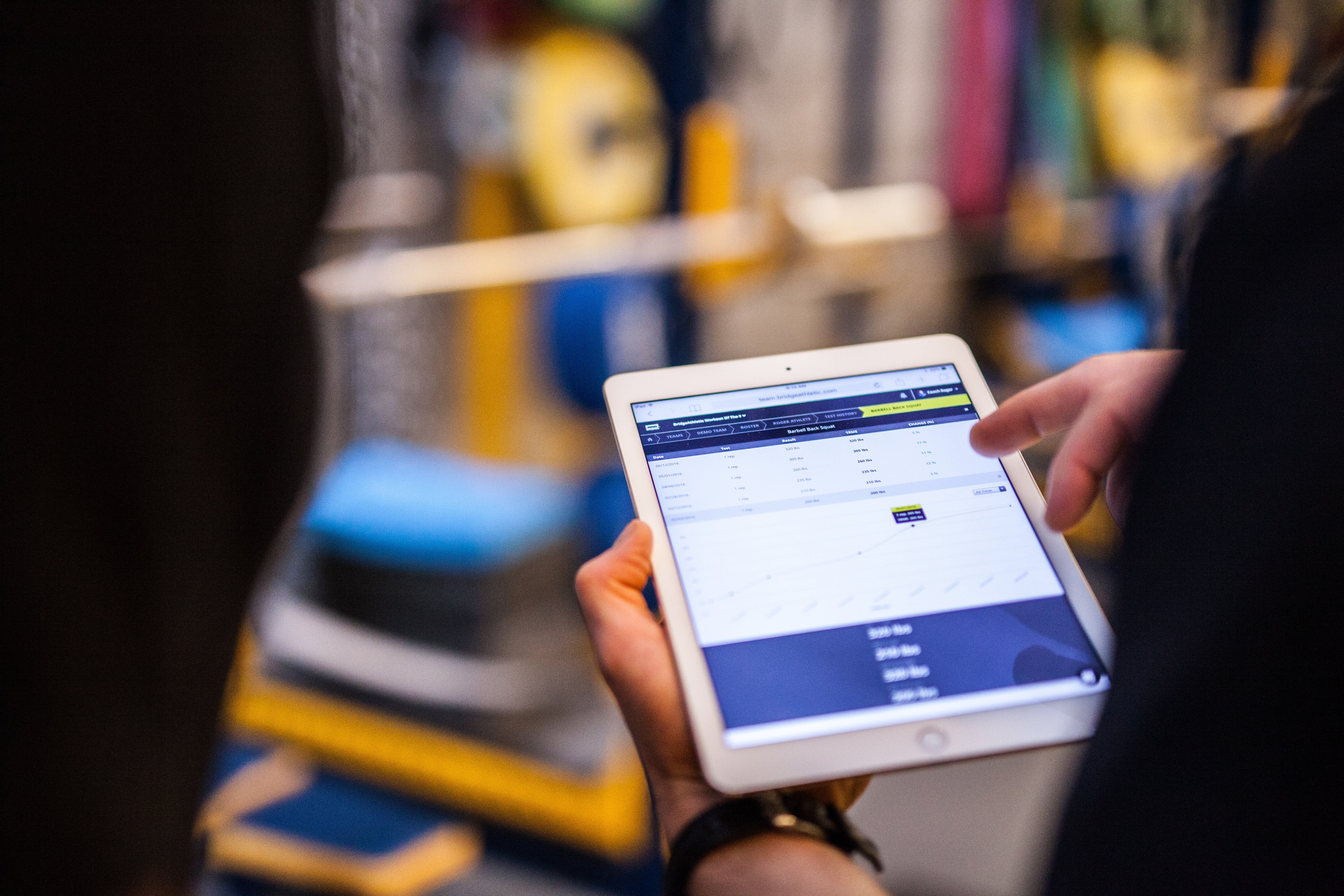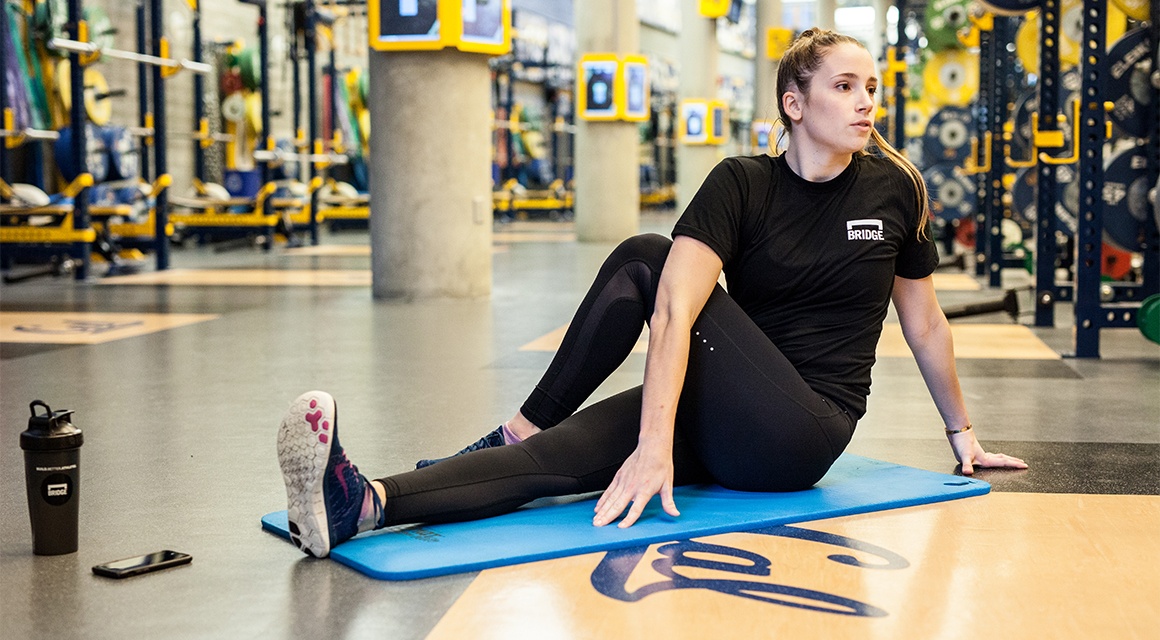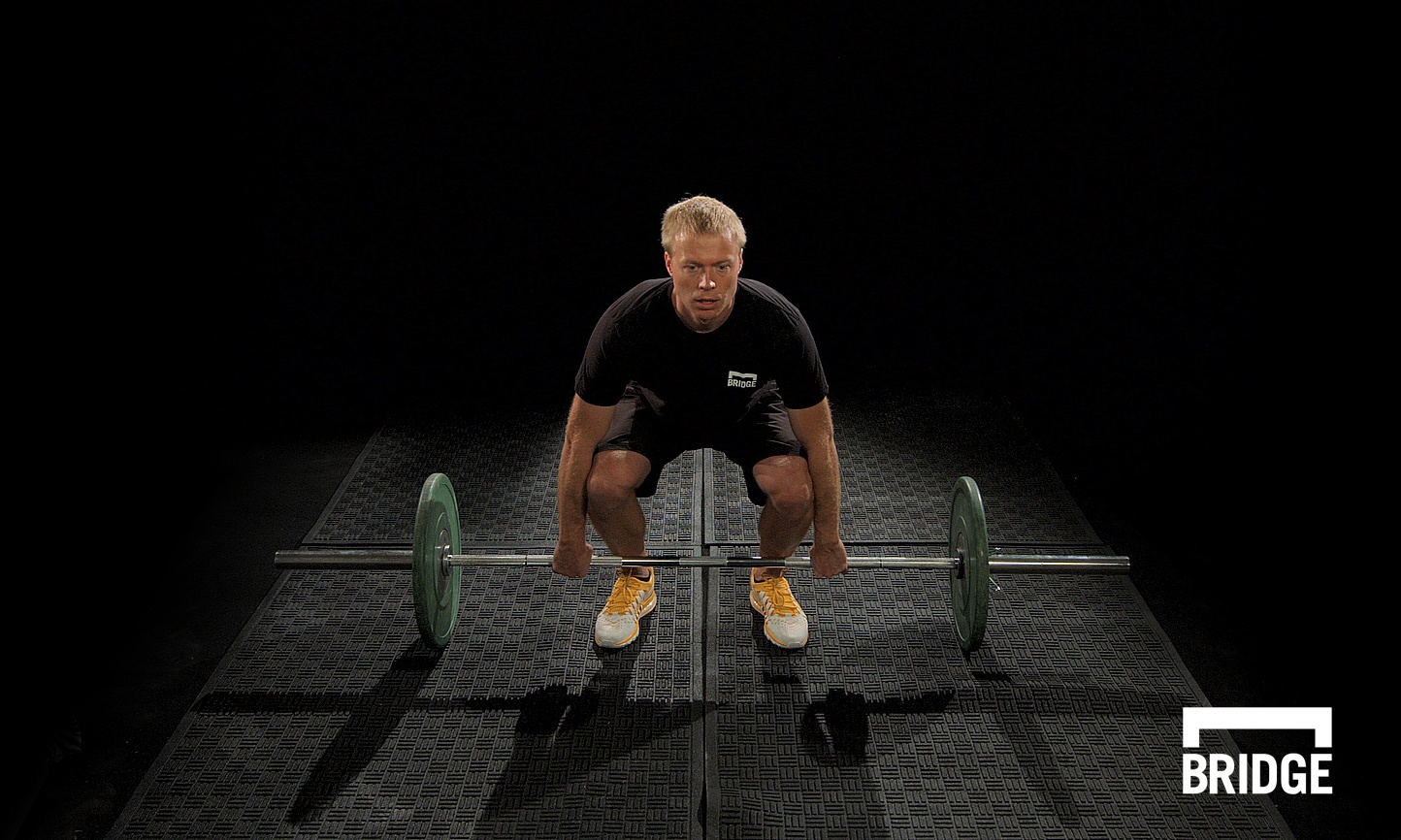Recent Posts
How to Maintain Health During the Holidays: An Athlete’s Guide
By Megan Fischer-Colbrie on December 12, 2017
At this time every year, athletes add another important aspect to their lives that can impact their training and performance: celebrating the holidays. With more time dedicated to seeing friends and family, this can be a healthful and restorative period for athletes—a chance to mentally recharge. The holidays, however, bring several temptations that when left unchecked can lead to negative effects on training that outweigh the positive energy during this month. Let’s look into how people tend to overindulge and what strategies you can exercise to maintain fitness through the month. Respect your hard work and discipline during the rest of the year by following these tips!
Read MoreGoing through a complete warm up and cool down before and after competitions and training sessions is a simple way for athletes to maximize their athletic performance. Even though it takes just an extra few minutes, it is easy for athletes to fall into the habit of not warming up or cooling down. Pre and post workout exercises play a crucial role in preparing the body for activity and assisting in full recovery.
Read MoreStrength to weight ratio is an important concept for all athletes to keep in mind. In sports that place high value on both endurance and speed, such as swimming and running, the strength to bodyweight ratio is a good measure of overall athletic efficiency. In gymnastics, strength to bodyweight ratio is incredibly critical to an athletes ability to suspend themselves throughout various positions. In general, a high strength to weight ratio is favorable. To develop strength without gaining excessive body mass, bodyweight exercises are the way to go about doing so. These movements will increase an athlete's functional strength: strength that utilizes the whole body rather than isolating parts of it. Most strength programs will have a combination of bodyweight and regular weighted exercises to achieve various strength goals. To delve into this topic further, one extremely valuable bodyweight exercise: the pull-up.
Read MoreOn average, athletes sweat much more than the standard, untrained person. When the body starts to overheat the nervous system stimulates sweat glands, which prompts the body to begin perspiring in an attempt to cool the body down.
Read MoreMany athletes and coaches wonder whether strength training produces better results when performed before or after practice. In many sports, practice is the cardiovascular portion of a workout, and combining cardio with strength training in one session can be extremely taxing to the body. Importantly, there is little scientific research to date favoring one method over the other, but read more to learn about both theories in context.
Read MoreDesigning a Strength Program: Importance of Sports Periodization
By Megan Fischer-Colbrie on July 19, 2017
Sports periodization is the planning of athletic training using a progressively cyclic format with the goal of timing peak performance during the athlete’s major competitive events. Cyclic training organizes a team's approach, protects against overtraining, and enables athletes to continue to improve. When designing a strength program, coaches should implement different training cycles in order to maximize athlete performance when they need it most.
Read MoreStretching can improve circulation, muscle flexibility, range of motion, and consequently, help athletes perform better in workouts and in competition. When exercising, muscles repeatedly flex and contract. Stretching causes muscles to lengthen and relax, resulting in the ability to maximize muscle engagement in the next workout. Stretching also boosts the body’s circulation by increasing blood flow throughout the body.
Read MorePre-season is an exciting time of year for athletes. The extensive hours spent in training and the grueling intensity help athletes build up a base for the coming season as well as a common bond with their teammates. For athletes to make the most out of their preseason, it is important to start by setting realistic goals to start the season off, and adjust those goals throughout the season.
Read MoreEvery athlete should know that hydration is a critical aspect of training, and also important in maintaining a healthy well being, before and after exercise. Proper hydration is necessary for athletes, as it regulates body temperature and lubricates joints for athletic movements. Water also helps transport nutrients throughout the body, these nutrients give the body the energy it needs to be able to sustain any athletic endeavour. Staying well hydrated should be a high priority for athletes, throughout the day, and not before it’s too late.
Read More

